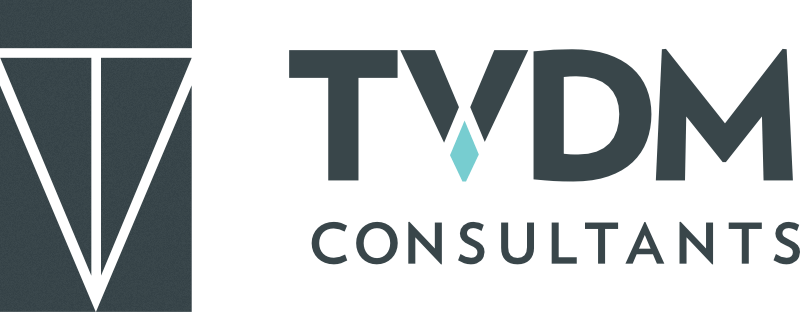How to HOA Part 3 | Who are the members of an HOA and what are their obligations?
19 July 2024 | Nicole Nel
Previously, we spoke about the different types of governance documentation that are present in Homeowners Associations (“HOAs”) in South Africa, namely a Memorandum of Incorporation (“MOI”) in a Non-Profit Company HOA, and a Constitution in a common law HOA.
For this article, we will be focusing on who are noted as the members in an HOA, and what their subsequent obligations may be.
Membership is one area within both common law and Non-Profit Company HOAs where there is very little difference between the two types of entities.
A person/s, natural or juristic, is considered to be a member of the HOA once the relevant erf is transferred and registered in their name/s at the relevant Deeds Office. Upon transfer and register of the erf, and subsequent property located upon the erf, the member becomes bound by all governance documentation of the HOA.
Once a member becomes bound by the governance documentation of the HOA, they can no longer use any excuse along the lines of, “Oh but I did not know that this was the rule on XYZ,” as one very important obligation of a member and an owner within a HOA is to familiarise themselves with the relevant governance documentation of the HOA to ensure that they remain in good-standing throughout their membership within the HOA.
Unlike in a body corporate, a member within an HOA is responsible for all maintenance, repair and, if necessary, replacement to their entire property within the boundaries of their erf, as per their registered title deed. This means any costs of maintenance and/or repair work, upgrades, alterations, renovations, and legal compliance requirements in respect of the property must 100% (one hundred percent) be paid by the relevant member who is the registered owner of that erf.
Further to the above, an owner of an erf within an HOA is also responsible for taking out an insurance policy in respect of their property, and must ensure that their property complies with any insurance requirements as required by law.
An additional duty of a member within an HOA is of course to pay their monthly levy contribution towards the Association. It is not unusual for these levy contributions towards the Association to be significantly lower to the levy contributions seen in bodies corporate. However, this is due to the fact that in HOAs owners are solely responsible for anything that happens to their property or upon the erf for which they are the registered owner. Therefore, an HOA levy contribution only comprises of Association expenses that are shared, i.e. security, costs of landscaping, upkeep of any common property facilities etc.
Earlier I mentioned the concept of “good-standing” in an HOA. In a body corporate, a levy clearance certificate may only be withheld if a member is in arrears with their monthly levy contributions. However, in an HOA, members can be held to a higher standard of compliance through this concept of “good-standing”.
Essentially, it is common practice in many HOAs, both common law and Non-Profit Company, to insert clauses, into either the Constitution or MOI, stating that should a member be: in financial arrears for more than 60 (sixty) days, engaging in an ongoing dispute with the Association or currently in contravention with the governance documentation of the HOA, that member will not be allowed to vote on any resolution at a general meeting of the HOA, and that member will not receive the relevant clearance certificate in respect of their erf, should they wish to sell, until they correct their defaulting behaviour.
The above is due to the fact that things like aesthetics, in addition to security, are a huge draw-in factor of HOAs, and if members were not penalized accordingly, no one would comply with the carefully planned, and usually very comprehensive, Architectural Design Guidelines that are relevant to that HOA.
On the topic of Architectural Design Guidelines, as members own their entire erf within the HOA, when undertaking to any changes to their property, it is essential that the member reaches out to the relevant Local Authority for their approval before any work is undertaken, after receiving the permission from the management committee, of course.
The above is due to the fact that most HOAs have very strict compliance and land-use requirements attached to the mother/original erf that the HOA was developed on. For example, it is a common Municipal restriction in many Cape Town-based HOAs that no subdivision and/or consolidation of erven is permitted. This is because land availability in certain Cape Town areas is so scarce that it is strictly regulated by the Municipality to ensure that no single person or HOA monopolises prime land within these areas.
So, before you buy a property within an HOA, try and get your hands on the MOI or Constitution of the Association to familiarise yourself with the exact obligations imposed on members before the property is registered in your name. I promise, this will save a lot of time, and probably money too, down the line.
Should you require any more information regarding this topic, don’t hesitate to contact us today on 061 536 3138 or at info@tvdmconsultants.com
If you haven’t read the second article in this series, where Nicole focuses on the different types of governance documentation that you will find in HOAs, then click here to do so.
About the Author:
Nicole Nel is a Community Schemes Consultant at TVDM Consultants, Click here to learn more about her.


